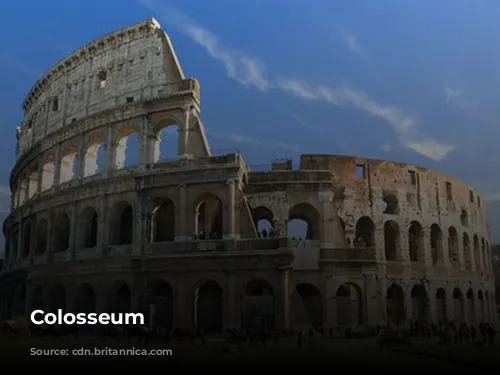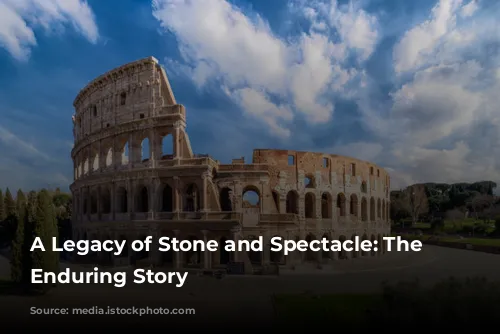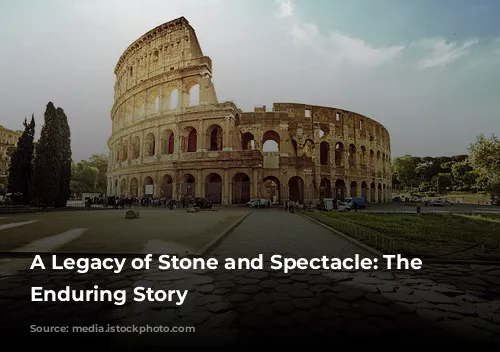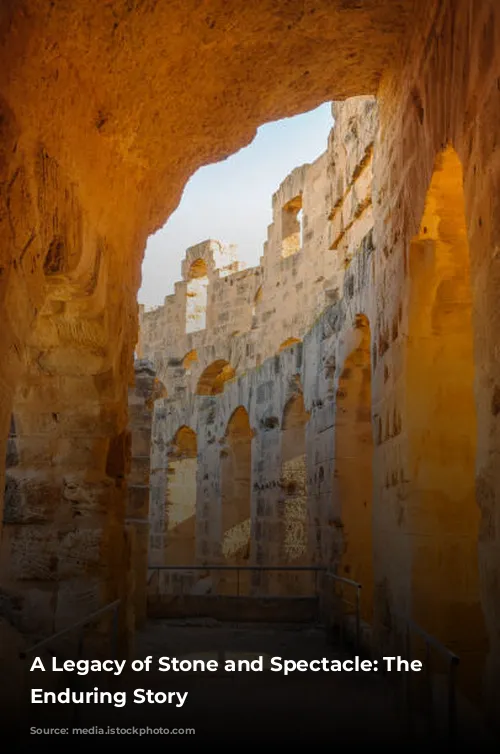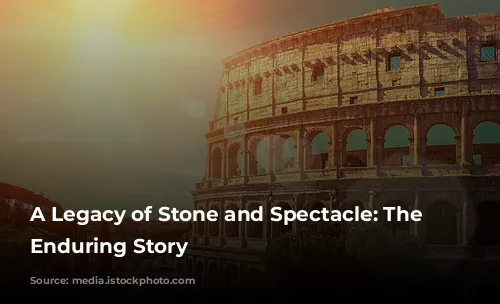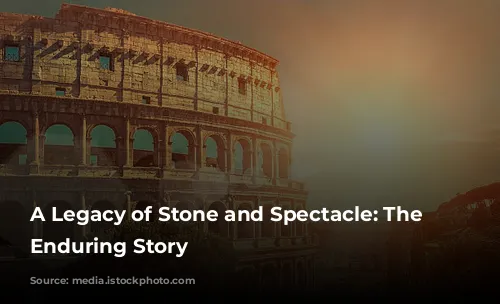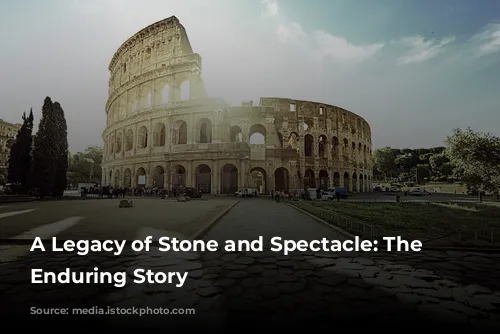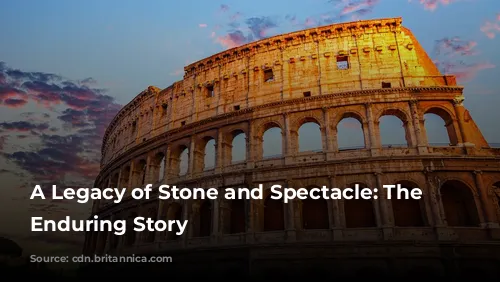The Colosseum, a testament to the Romans’ extraordinary architectural skills, stands as one of the most recognizable landmarks in the world. Its imposing presence in the heart of Rome whispers tales of gladiatorial combat, animal hunts, and the sheer power of the Roman Empire. This iconic amphitheater, built by the Flavian emperors, is a magnet for millions of tourists each year, contributing significantly to Italy’s tourism revenue. In 2018 alone, the Colosseum, Roman Forum, and Palatine Hill collectively drew in over $63.3 million (€53.8 million), making it Italy’s most lucrative tourist attraction.
From Grand Arena to Fortified Fortress
The Colosseum’s history is a tapestry woven with threads of grandeur, neglect, and ultimately, preservation. After the fall of the Western Roman Empire, the amphitheater fell into a state of disrepair, its once vibrant spectacle fading into obscurity. During the 12th century, the Frangipane and Annibaldi families, powerful Roman families, turned the arena into a stronghold, using its robust structure as a fortress. As centuries passed, the Colosseum’s grandeur was further diminished. In the late 15th century, Pope Alexander VI authorized the Colosseum to be used as a quarry, its magnificent stones stripped away to fuel other construction projects. This act of stripping the Colosseum for building materials was akin to dismantling a masterpiece for its raw components.
Rebirth from Ruin
However, the Colosseum’s story is not one of permanent decline. It is a story of resilience, of a structure that endures despite the trials of time. In the 1990s, after over a thousand years of neglect, state-funded restoration efforts were launched, breathing new life into the ancient monument. This ambitious project marked a turning point, signaling the Colosseum’s return to its rightful place as a symbol of Roman might and a cultural treasure.

A Monument to Power and Entertainment
The Colosseum’s construction was part of a larger imperial effort to revitalize Rome, undertaken by the Flavian emperors after a tumultuous period of political upheaval. Emperor Vespasian, who came to power after the chaotic “Year of the Four Emperors” in 69 CE, sought to restore order and stability to the Empire. He saw the Colosseum as a powerful tool to achieve this goal, a means to entertain and unite the Roman people. Like other amphitheaters, the Colosseum was envisioned as a center for grand spectacles – a stage for gladiatorial battles, thrilling animal hunts, and even simulated naval battles, all designed to captivate the Roman populace.
From Stone to Spectacle: The Colosseum’s Construction
Construction of the Colosseum began under Vespasian’s reign, between 70 and 72 CE. His son, Titus, who succeeded Vespasian, dedicated the completed structure in 80 CE. The Colosseum’s fourth story, a testament to the emperor Domitian’s architectural ambition, was added in 82 CE. The Colosseum’s construction was a testament to Roman ingenuity and ambition. The structure was financed using the spoils of war – the plunder taken by Titus from the sacking of Jerusalem in 70 CE. Sadly, the building of this grand monument relied upon the forced labor of enslaved Jews from Judea, a stark reminder of the complex historical context surrounding this architectural marvel.
A Colossal Stage: The Colosseum’s Structure and Spectacle
The Colosseum, also known as the Flavian Amphitheater, is a magnificent elliptical structure, composed of stone, concrete, and tuff. Standing four stories tall, it measures a staggering 620 by 513 feet (189 by 156 meters) and could accommodate up to 50,000 spectators. Its towering presence and impressive capacity highlight the Romans’ skill in engineering and architecture.
The Colosseum is a structure that embodies the Romans’ commitment to spectacle and entertainment. It was built not merely as a functional arena but as a testament to their power and prowess. The Colosseum’s design was a triumph of Roman ingenuity. Unlike previous amphitheaters, which were often built into hillsides for support, the Colosseum was a freestanding structure, its strength derived from a complex system of barrel and groin vaults. The Colosseum’s facade is adorned with three tiers of arcades, each featuring a different architectural order – Doric, Ionic, and Corinthian. This striking visual arrangement influenced later architectural styles, particularly during the Renaissance.
The Colosseum was not just a stage for gladiatorial combat; it was a place of spectacle and entertainment, a microcosm of Roman life. To shield spectators from the harsh Roman sun, a massive retractable awning, known as a velarium, was stretched over the arena. The velarium was supported by masts extending from the top story of the Colosseum, and hundreds of sailors were required to manipulate its complex rigging. This elaborate system speaks to the Romans’ meticulous attention to detail and their desire to provide the ultimate viewing experience.
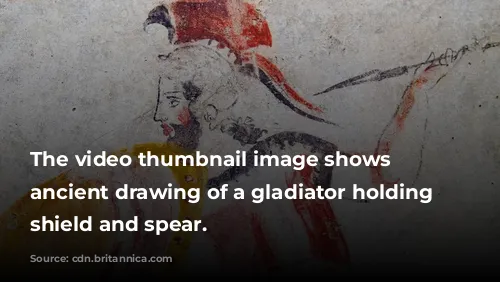
A Legacy of Endurance
The Colosseum’s history is one of transformation, resilience, and preservation. Its journey from a vibrant arena to a crumbling fortress and, ultimately, a cherished monument speaks to the enduring power of history and the enduring legacy of the Roman Empire.
